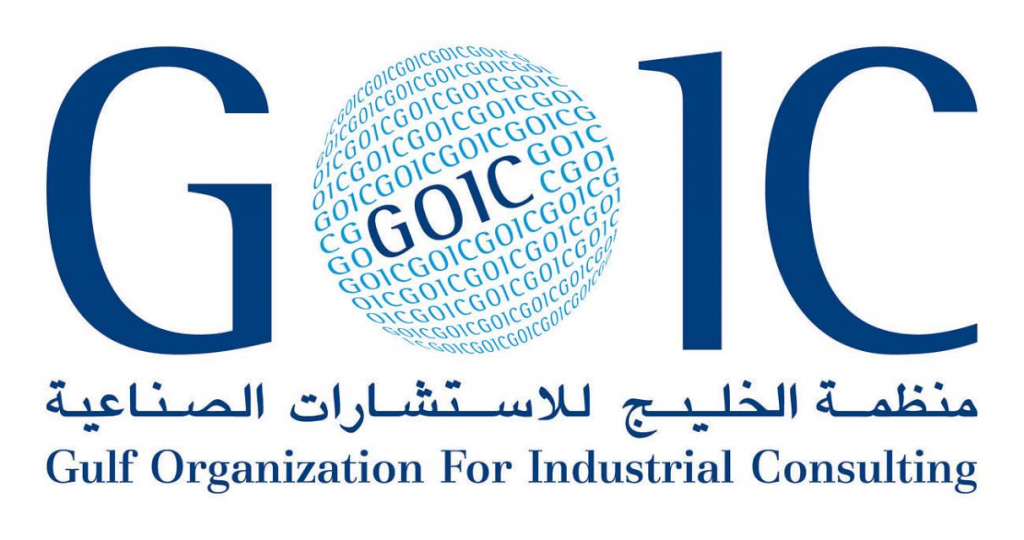
GOIC: 1.6 million workers in Gulf manufacturing industries Most of them in the manufacture of fabricated metal products and cement
In its report on “labour force and productivity of manufacturing industries in GCC countries”, the Gulf Organization for Industrial Consulting (GOIC) announced an increase in the number of manufacturing factories in the GCC, paralleled by a rise in the manufacturing labour force from approximately 774000 workers in 2005 to more than 1.6 million workers in 2015. Labour force has more than doubled, hence achieving a compound annual growth rate (CAGR) of 7.8%.
GOIC highlighted that “labour plays a key role in industrial production. In fact, they form an added value when coupled with the availability of raw materials. Therefore, labour productivity is seen as a criterion to measure industrial development and the efficient use of the labour force. It also sheds light on the strengths and weaknesses of an industrial activity.”
GOIC stated that “manufacturing labour force in GCC countries is a main pillar of industrial production, particularly when it comes to SMEs. In fact, these industries rely heavily on labour force and less on capital, since their activities are mainly based on human effort as opposed to big factories that rely on machines and advanced technologies.”
Furthermore, the manufacture of fabricated metal products that includes a variety of industrial activities like metal products, electrical equipment, transport equipment and others is one of the industrial activities that are in need of labour force the most. Its share of the total manufacturing labour force in GCC countries in 2015 was around 25.8%, followed by the manufacture of cement and building materials (about 16.8%), the manufacture of chemical and petrochemical products (approximately 15.8%), the manufacture of food products and beverages (15.4%) and the remaining industries.
Labour force distribution: Saudi Arabia in the lead
KSA was ranked first in terms of labour force in the manufacture of fabricated metal products in GCC countries in 2015. Its share of the total labour force in this sector throughout the GCC was about 53.3%, followed by the UAE (28.8%) and other GCC states. Similarly, Saudi Arabia was ranked first in terms of labour force in the manufacture of cement and building materials, as its share was 58.5% of the total labour force working in this field, followed by the UAE (23.6%) and other GCC countries. Moreover, the KSA and UAE got the same rank in the manufacture of chemicals and petrochemicals, food products and beverages and the manufacture of basic metals. As to the manufacture of textiles, wearing apparel and leather, the UAE was ranked first with 35.9%, followed by Saudi Arabia (35%), Bahrain, Oman and other states.
Labour productivity
Net labour productivity in manufacturing industries is calculated by dividing the gross value added (or GDP) of the manufacturing industries by the number of workers. As to labour productivity, it is calculated on the basis of the division of production value with production factors costs by the number of workers. Since we lack sufficient data on production value, we will focus on the net labour productivity indicator. The more the net labour productivity figure increases compared with the overall labour productivity, the more input waste is reduced, labour is efficient and overall productivity becomes better.
GOIC highlighted that the value of the GDP of GCC manufacturing industries more than doubled between 2005 and 2014, with a CAGR of 9.5%. As to the net labour productivity, i.e. the average annual value of GDP per worker in the manufacturing sector in GCC countries, a gradual improvement is noticed in the average net productivity of the worker in this sector between 2005 and 2014. In fact, it has increased on average from 83.9 thousand USD per worker in 2005 to more than 105 thousand USD in 2014. Furthermore, it averaged at approximately 106.4 thousand dollars between 2010 and 2014, an increase of 26.8% compared with the 2005 average.
In 2014, figures went down compared with 2013 because of the major increase in the manufacturing labour force in 2014 compared with 2013, particularly in Saudi Arabia where the number of workers increased from 717.7 thousand in 2013 to 855.7 thousand in 2014, an increase of 138 thousand workers and employees


























